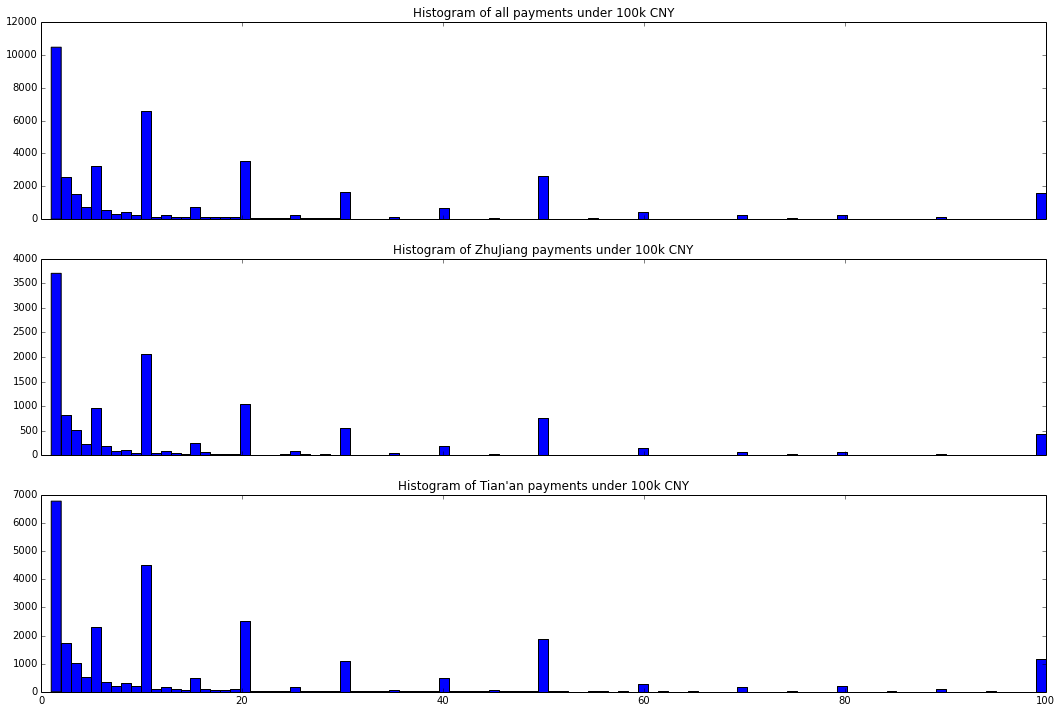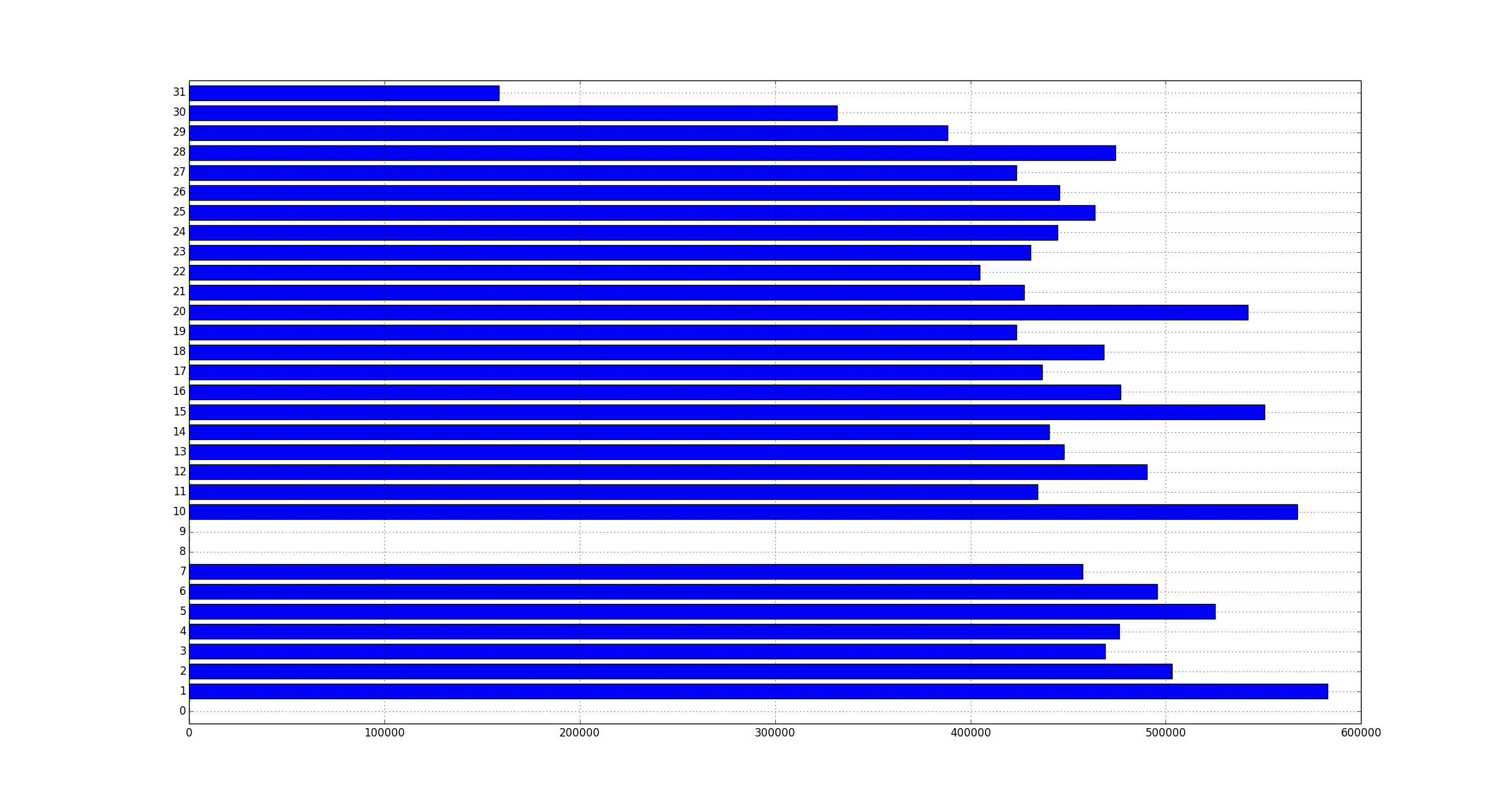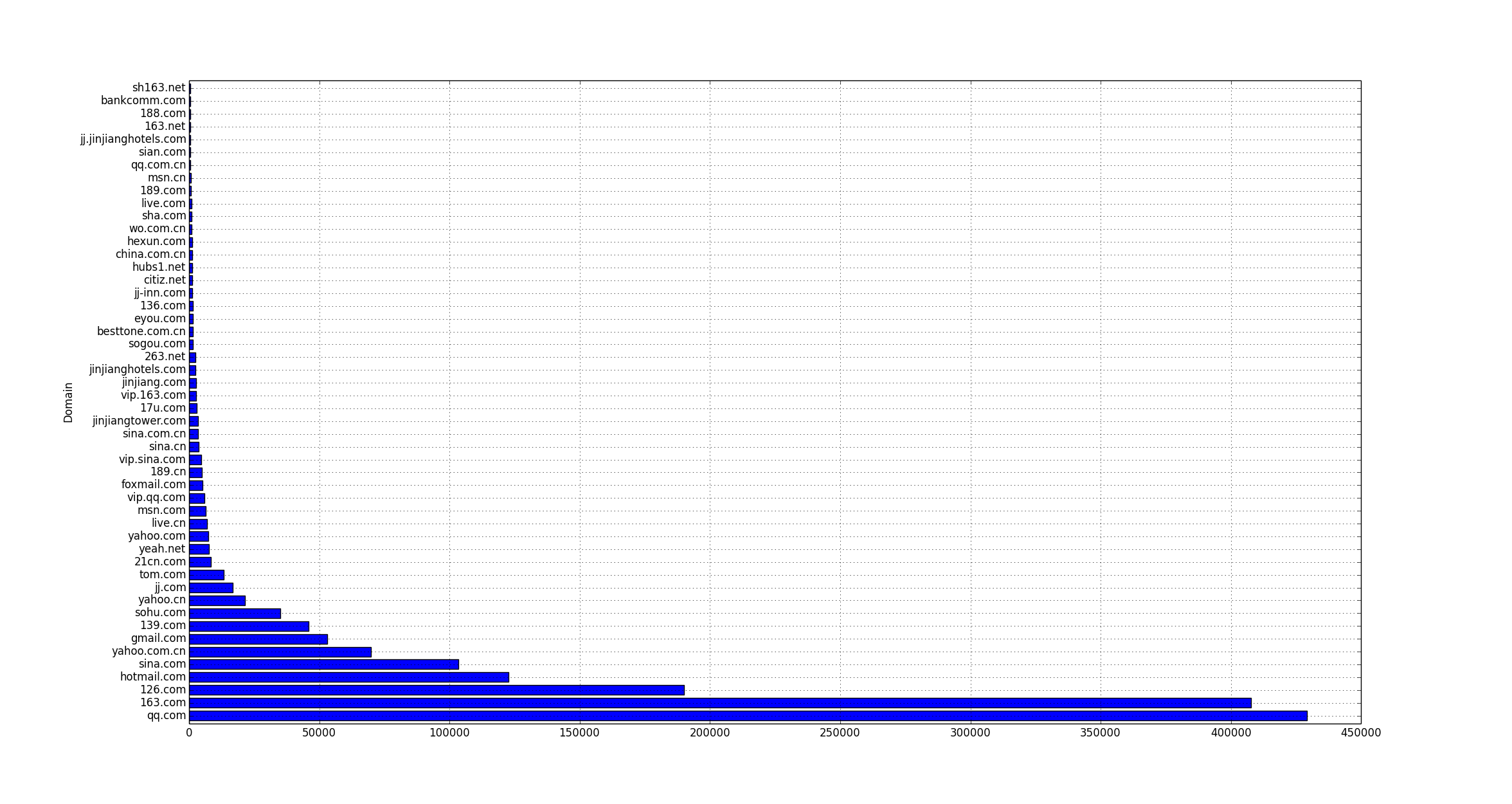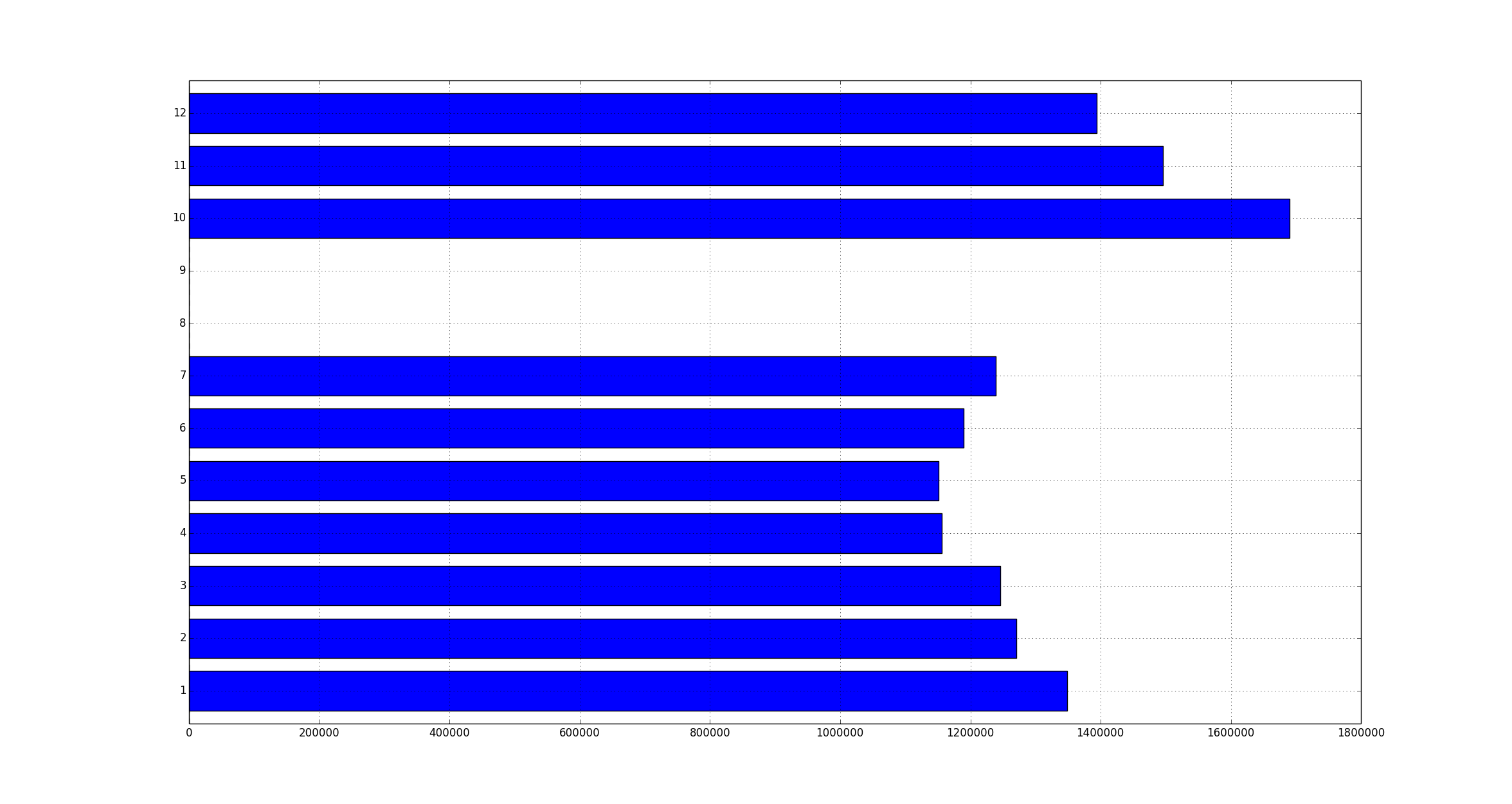I started trying Theano today and wanted to use the GPU (NVIDIA GeForce GT 750M 2048 MB) on my Mac. Here’s a brief instruction on how to use the GPU on Mac, largely following the instructions from http://deeplearning.net/software/theano/install.html#mac-os.
Install Theano:
$ pip install Theano
Download and install CUDA: https://developer.nvidia.com/cuda-downloads
Put the following lines into your ~/.bash_profile:
# Theano and CUDA PATH="/Developer/NVIDIA/CUDA-7.5/bin/:$PATH" export LD_LIBRARY_PATH=/Developer/NVIDIA/CUDA-7.5/lib/ export CUDA_ROOT=/Developer/NVIDIA/CUDA-7.5/ export THEANO_FLAGS='mode=FAST_RUN,device=gpu,floatX=float32'
Note that the PATH line is necessary. Otherwise you may see the following message:
ERROR (theano.sandbox.cuda): nvcc compiler not found on $PATH. Check your nvcc installation and try again.
Configure Theano:
$ cat .theanorc [gcc] cxxflags = -L/usr/local/lib -L/Developer/NVIDIA/CUDA-7.5/lib/
Test if GPU is used:
$ cat check.py
from theano import function, config, shared, sandbox
import theano.tensor as T
import numpy
import time
vlen = 10 * 30 * 768 # 10 x #cores x # threads per core
iters = 1000
rng = numpy.random.RandomState(22)
x = shared(numpy.asarray(rng.rand(vlen), config.floatX))
f = function([], T.exp(x))
print(f.maker.fgraph.toposort())
t0 = time.time()
for i in xrange(iters):
r = f()
t1 = time.time()
print("Looping %d times took %f seconds" % (iters, t1 - t0))
print("Result is %s" % (r,))
if numpy.any([isinstance(x.op, T.Elemwise) for x in f.maker.fgraph.toposort()]):
print('Used the cpu')
else:
print('Used the gpu')
$ THEANO_FLAGS=mode=FAST_RUN,device=cpu,floatX=float32 time python check.py
[Elemwise{exp,no_inplace}(<TensorType(float32, vector)>)]
Looping 1000 times took 1.743682 seconds
Result is [ 1.23178029 1.61879337 1.52278066 ..., 2.20771813 2.29967761
1.62323284]
Used the cpu
2.47 real 2.19 user 0.27 sys
$ THEANO_FLAGS=mode=FAST_RUN,device=gpu,floatX=float32 time python check.py
Using gpu device 0: GeForce GT 750M
[GpuElemwise{exp,no_inplace}(<CudaNdarrayType(float32, vector)>), HostFromGpu(GpuElemwise{exp,no_inplace}.0)]
Looping 1000 times took 1.186971 seconds
Result is [ 1.23178029 1.61879349 1.52278066 ..., 2.20771813 2.29967761
1.62323296]
Used the gpu
2.09 real 1.59 user 0.41 sysA more realistic example:
$ cat lr.py
import numpy
import theano
import theano.tensor as T
rng = numpy.random
N = 400
feats = 784
D = (rng.randn(N, feats).astype(theano.config.floatX),
rng.randint(size=N,low=0, high=2).astype(theano.config.floatX))
training_steps = 10000
# Declare Theano symbolic variables
x = T.matrix("x")
y = T.vector("y")
w = theano.shared(rng.randn(feats).astype(theano.config.floatX), name="w")
b = theano.shared(numpy.asarray(0., dtype=theano.config.floatX), name="b")
x.tag.test_value = D[0]
y.tag.test_value = D[1]
# Construct Theano expression graph
p_1 = 1 / (1 + T.exp(-T.dot(x, w)-b)) # Probability of having a one
prediction = p_1 > 0.5 # The prediction that is done: 0 or 1
xent = -y*T.log(p_1) - (1-y)*T.log(1-p_1) # Cross-entropy
cost = xent.mean() + 0.01*(w**2).sum() # The cost to optimize
gw,gb = T.grad(cost, [w,b])
# Compile expressions to functions
train = theano.function(
inputs=[x,y],
outputs=[prediction, xent],
updates=[(w, w-0.01*gw), (b, b-0.01*gb)],
name = "train")
predict = theano.function(inputs=[x], outputs=prediction,
name = "predict")
if any([x.op.__class__.__name__ in ['Gemv', 'CGemv', 'Gemm', 'CGemm'] for x in
train.maker.fgraph.toposort()]):
print('Used the cpu')
elif any([x.op.__class__.__name__ in ['GpuGemm', 'GpuGemv'] for x in
train.maker.fgraph.toposort()]):
print('Used the gpu')
else:
print('ERROR, not able to tell if theano used the cpu or the gpu')
print(train.maker.fgraph.toposort())
for i in range(training_steps):
pred, err = train(D[0], D[1])
print("target values for D")
print(D[1])
print("prediction on D")
print(predict(D[0]))
$ THEANO_FLAGS=mode=FAST_RUN,device=cpu,floatX=float32 time python lr.py
Used the cpu
target values for D
[ 1. 1. 0. 1. 0. 0. 0. 0. 0. 1. 1. 0. 0. 0. 0. 0. 0. 1.
1. 0. 0. 1. 0. 0. 1. 1. 0. 1. 1. 1. 1. 0. 1. 1. 0. 1.
0. 0. 0. 0. 0. 1. 0. 0. 0. 1. 1. 0. 1. 1. 1. 0. 1. 0.
0. 0. 0. 0. 0. 1. 0. 1. 0. 0. 0. 1. 1. 1. 0. 0. 1. 1.
1. 1. 0. 0. 0. 1. 0. 0. 1. 1. 0. 0. 1. 1. 1. 1. 0. 1.
0. 0. 0. 0. 1. 0. 0. 1. 1. 1. 0. 0. 1. 1. 1. 1. 1. 1.
1. 1. 1. 1. 0. 1. 1. 0. 0. 1. 0. 0. 0. 1. 0. 1. 1. 1.
1. 0. 0. 1. 0. 1. 1. 1. 1. 1. 1. 1. 1. 1. 0. 1. 1. 0.
1. 0. 1. 1. 0. 0. 0. 0. 0. 0. 0. 0. 0. 0. 0. 1. 0. 0.
1. 0. 1. 0. 0. 1. 0. 0. 1. 1. 1. 1. 0. 1. 0. 0. 1. 0.
0. 0. 1. 1. 1. 1. 1. 1. 1. 0. 1. 1. 1. 0. 1. 0. 1. 0.
0. 1. 1. 0. 0. 1. 0. 0. 0. 0. 0. 0. 0. 1. 0. 1. 0. 1.
1. 0. 1. 1. 1. 0. 0. 1. 1. 1. 1. 0. 0. 0. 1. 1. 0. 0.
1. 0. 0. 0. 0. 1. 1. 1. 0. 1. 1. 1. 0. 1. 0. 0. 0. 0.
0. 1. 1. 1. 1. 1. 1. 0. 0. 1. 1. 1. 0. 1. 0. 1. 0. 1.
1. 0. 0. 0. 1. 1. 0. 0. 1. 0. 0. 0. 0. 1. 0. 0. 0. 1.
0. 1. 0. 1. 1. 0. 1. 1. 0. 0. 0. 0. 1. 0. 0. 0. 0. 1.
0. 1. 0. 0. 1. 1. 0. 0. 1. 1. 0. 1. 0. 1. 0. 0. 1. 1.
0. 1. 1. 0. 0. 1. 1. 0. 0. 1. 0. 1. 1. 0. 0. 0. 1. 0.
0. 0. 1. 0. 0. 0. 0. 1. 1. 0. 1. 1. 1. 0. 1. 1. 1. 1.
1. 0. 0. 1. 0. 0. 0. 0. 1. 1. 0. 0. 0. 0. 0. 1. 1. 1.
0. 1. 1. 1. 0. 0. 0. 0. 1. 1. 1. 0. 0. 0. 0. 1. 0. 0.
1. 1. 0. 1.]
prediction on D
[1 1 0 1 0 0 0 0 0 1 1 0 0 0 0 0 0 1 1 0 0 1 0 0 1 1 0 1 1 1 1 0 1 1 0 1 0
0 0 0 0 1 0 0 0 1 1 0 1 1 1 0 1 0 0 0 0 0 0 1 0 1 0 0 0 1 1 1 0 0 1 1 1 1
0 0 0 1 0 0 1 1 0 0 1 1 1 1 0 1 0 0 0 0 1 0 0 1 1 1 0 0 1 1 1 1 1 1 1 1 1
1 0 1 1 0 0 1 0 0 0 1 0 1 1 1 1 0 0 1 0 1 1 1 1 1 1 1 1 1 0 1 1 0 1 0 1 1
0 0 0 0 0 0 0 0 0 0 0 1 0 0 1 0 1 0 0 1 0 0 1 1 1 1 0 1 0 0 1 0 0 0 1 1 1
1 1 1 1 0 1 1 1 0 1 0 1 0 0 1 1 0 0 1 0 0 0 0 0 0 0 1 0 1 0 1 1 0 1 1 1 0
0 1 1 1 1 0 0 0 1 1 0 0 1 0 0 0 0 1 1 1 0 1 1 1 0 1 0 0 0 0 0 1 1 1 1 1 1
0 0 1 1 1 0 1 0 1 0 1 1 0 0 0 1 1 0 0 1 0 0 0 0 1 0 0 0 1 0 1 0 1 1 0 1 1
0 0 0 0 1 0 0 0 0 1 0 1 0 0 1 1 0 0 1 1 0 1 0 1 0 0 1 1 0 1 1 0 0 1 1 0 0
1 0 1 1 0 0 0 1 0 0 0 1 0 0 0 0 1 1 0 1 1 1 0 1 1 1 1 1 0 0 1 0 0 0 0 1 1
0 0 0 0 0 1 1 1 0 1 1 1 0 0 0 0 1 1 1 0 0 0 0 1 0 0 1 1 0 1]
8.92 real 8.24 user 1.14 sys
$ THEANO_FLAGS=mode=FAST_RUN,device=gpu,floatX=float32 time python lr.py
Using gpu device 0: GeForce GT 750M
Used the gpu
target values for D
[ 1. 0. 0. 0. 0. 1. 0. 0. 1. 1. 0. 0. 1. 1. 0. 0. 1. 1.
0. 0. 0. 1. 1. 0. 1. 1. 1. 0. 0. 1. 1. 1. 1. 1. 1. 0.
0. 1. 0. 0. 1. 1. 0. 0. 1. 1. 0. 1. 0. 1. 1. 0. 1. 1.
1. 0. 1. 1. 0. 0. 0. 1. 1. 1. 1. 1. 0. 0. 1. 1. 0. 1.
1. 1. 1. 0. 1. 1. 0. 1. 1. 1. 0. 0. 0. 1. 1. 0. 0. 0.
1. 0. 1. 0. 0. 0. 0. 1. 1. 1. 1. 0. 0. 1. 0. 1. 0. 1.
1. 0. 1. 1. 0. 0. 0. 0. 1. 0. 0. 1. 0. 0. 0. 1. 0. 1.
1. 1. 0. 0. 0. 1. 0. 1. 0. 1. 0. 1. 1. 1. 1. 1. 0. 1.
1. 0. 1. 1. 0. 0. 1. 0. 1. 0. 0. 1. 0. 0. 1. 0. 0. 0.
1. 0. 0. 1. 1. 1. 1. 0. 0. 0. 1. 1. 1. 0. 1. 0. 0. 1.
1. 1. 1. 1. 1. 1. 1. 1. 0. 0. 0. 0. 0. 1. 1. 1. 0. 1.
0. 1. 0. 1. 1. 1. 1. 0. 0. 0. 1. 1. 1. 1. 0. 0. 0. 1.
0. 1. 1. 1. 0. 1. 1. 1. 0. 0. 0. 0. 1. 0. 1. 0. 0. 1.
0. 0. 1. 1. 0. 1. 0. 1. 1. 1. 0. 0. 1. 1. 0. 0. 0. 0.
1. 0. 0. 1. 0. 0. 0. 0. 1. 0. 0. 1. 1. 1. 1. 1. 1. 1.
0. 1. 1. 0. 0. 0. 1. 0. 1. 1. 0. 0. 0. 0. 0. 0. 1. 0.
1. 1. 1. 0. 0. 1. 0. 1. 0. 0. 1. 0. 1. 0. 0. 1. 0. 0.
1. 1. 0. 1. 1. 1. 0. 0. 0. 0. 0. 1. 0. 1. 0. 0. 0. 1.
0. 0. 1. 1. 0. 1. 1. 0. 1. 1. 1. 0. 1. 1. 0. 0. 0. 0.
0. 0. 1. 1. 1. 1. 1. 1. 1. 1. 0. 1. 1. 1. 0. 1. 0. 1.
1. 1. 0. 1. 1. 0. 1. 1. 1. 0. 0. 1. 1. 0. 0. 0. 0. 0.
1. 0. 0. 1. 1. 1. 0. 1. 0. 0. 1. 1. 0. 1. 1. 0. 1. 1.
0. 0. 1. 0.]
prediction on D
[1 0 0 0 0 1 0 0 1 1 0 0 1 1 0 0 1 1 0 0 0 1 1 0 1 1 1 0 0 1 1 1 1 1 1 0 0
1 0 0 1 1 0 0 1 1 0 1 0 1 1 0 1 1 1 0 1 1 0 0 0 1 1 1 1 1 0 0 1 1 0 1 1 1
1 0 1 1 0 1 1 1 0 0 0 1 1 0 0 0 1 0 1 0 0 0 0 1 1 1 1 0 0 1 0 1 0 1 1 0 1
1 0 0 0 0 1 0 0 1 0 0 0 1 0 1 1 1 0 0 0 1 0 1 0 1 0 1 1 1 1 1 0 1 1 0 1 1
0 0 1 0 1 0 0 1 0 0 1 0 0 0 1 0 0 1 1 1 1 0 0 0 1 1 1 0 1 0 0 1 1 1 1 1 1
1 1 1 0 0 0 0 0 1 1 1 0 1 0 1 0 1 1 1 1 0 0 0 1 1 1 1 0 0 0 1 0 1 1 1 0 1
1 1 0 0 0 0 1 0 1 0 0 1 0 0 1 1 0 1 0 1 1 1 0 0 1 1 0 0 0 0 1 0 0 1 0 0 0
0 1 0 0 1 1 1 1 1 1 1 0 1 1 0 0 0 1 0 1 1 0 0 0 0 0 0 1 0 1 1 1 0 0 1 0 1
0 0 1 0 1 0 0 1 0 0 1 1 0 1 1 1 0 0 0 0 0 1 0 1 0 0 0 1 0 0 1 1 0 1 1 0 1
1 1 0 1 1 0 0 0 0 0 0 1 1 1 1 1 1 1 1 0 1 1 1 0 1 0 1 1 1 0 1 1 0 1 1 1 0
0 1 1 0 0 0 0 0 1 0 0 1 1 1 0 1 0 0 1 1 0 1 1 0 1 1 0 0 1 0]
19.78 real 17.61 user 1.24 sysSo it seems this GPU does not outperform the CPU. Well,GT 750M may not be the best GPU you can get… Someone else here has a similar experience.














